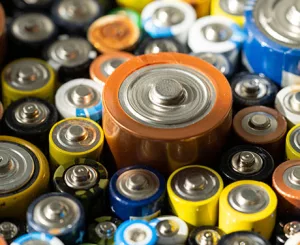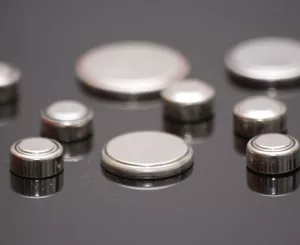
My test article
my title 1 Lorem ipsum dolor sit amet, consectetur adipiscing elit. Ut elit tellus, luctus nec ullamcorper mattis, pulvinar dapibus leo.g elit. Ut elit tellus,
Choosing the right photo paper: a practical guide
Printing photos at home or in a professional studio requires a number of factors to be taken into account in order to achieve optimum results. The choice of photo paper is crucial, as it influences not only the appearance of your images, but also their durability. Here’s a guide to help you choose the right photo paper for your needs.
There are different types of photo paper, each with its own unique characteristics that influence the way prints look.
Glossy paper: This paper has a smooth, reflective surface that brings out vivid colors and high contrasts. It’s perfect for photos rich in detail, such as portraits or luminous landscapes. However, it can be prone to reflections and easily reveals fingerprints.
Satin paper (Semi-gloss/Satin): This paper offers a balance between glossy and matte. It is less reflective than glossy paper, yet retains good color saturation. It’s a versatile choice for those looking for a professional look with less glare.
Matte paper: Unlike glossy paper, matte paper does not reflect light. It offers a softer look and is ideal for black-and-white photos or images where subtle details are favored. What’s more, it resists fingerprints and reflections.
Pearl or lustre paper: This paper has a slightly rough texture, giving an appearance halfway between matte and satin. It is appreciated for its resistance to marks and its high-quality rendering for fine art photos or professional prints.
The grammage of photo paper, expressed in grams per square meter (g/m²), determines its thickness and resistance. Thicker paper feels better in the hand and is often perceived as more professional. Here are some tips for choosing the right grammage:
Between 150 and 200 g/m²: Suitable for occasional prints or photos to be placed in albums.
Between 200 and 300 g/m²: This is the most common grammage for high-quality prints. Ideal for prints to be framed or displayed.
Above 300 g/m²: Used for artistic or professional prints. These papers are stiffer and offer greater longevity.
Not all photo papers are compatible with all printers. It’s important to check that the paper you plan to use is suitable for your printer model (inkjet or laser).
For inkjet printers: Photo papers designed for inkjet printers have a special surface that absorbs ink and produces vivid, long-lasting colors.
For laser printers: These printers use heat to fix the ink, so the paper must be able to withstand this heat without warping or losing print quality.
In addition to the surface finish (gloss, matte, satin), it is essential to consider the paper’s durability:
Fade resistance: Some photo papers are treated to resist fading caused by light or time. This is an important point if you want to keep your photos for many years or expose them to light.
Water and fingerprint resistance: Premium photo papers are often treated to resist water and fingerprints, which can be essential for albums or public displays.
The choice of paper also depends on how you intend to use your photos:
For album photos: satin or matte paper is often preferred, as it resists frequent handling and reduces the risk of smudges.
For fine art prints or exhibitions: Pearl or lustre paper, as well as thicker, textured papers, are ideal for high-quality prints that will be framed or displayed.
For photos for home use: Glossy paper may be suitable, especially if you want vibrant colors and photos to share with friends and family.
If you’re concerned about the environment, some manufacturers offer eco-responsible photo papers, made from recycled materials or FSC (Forest Stewardship Council) certified. This allows you to print while reducing your ecological footprint.

my title 1 Lorem ipsum dolor sit amet, consectetur adipiscing elit. Ut elit tellus, luctus nec ullamcorper mattis, pulvinar dapibus leo.g elit. Ut elit tellus,

Although the IEC standard has become the norm, a number of battery manufacturers’ own names remain. 4.5 V , D, C, AA, AAA, AAAA, A23, 9 V , CR2032…

A button cell, or watch cell, is a small electric battery, generally cylindrical in shape and button-like in size.
Navigation
Customer info
Legal info
Inscription newsletter
Newsletter subscription